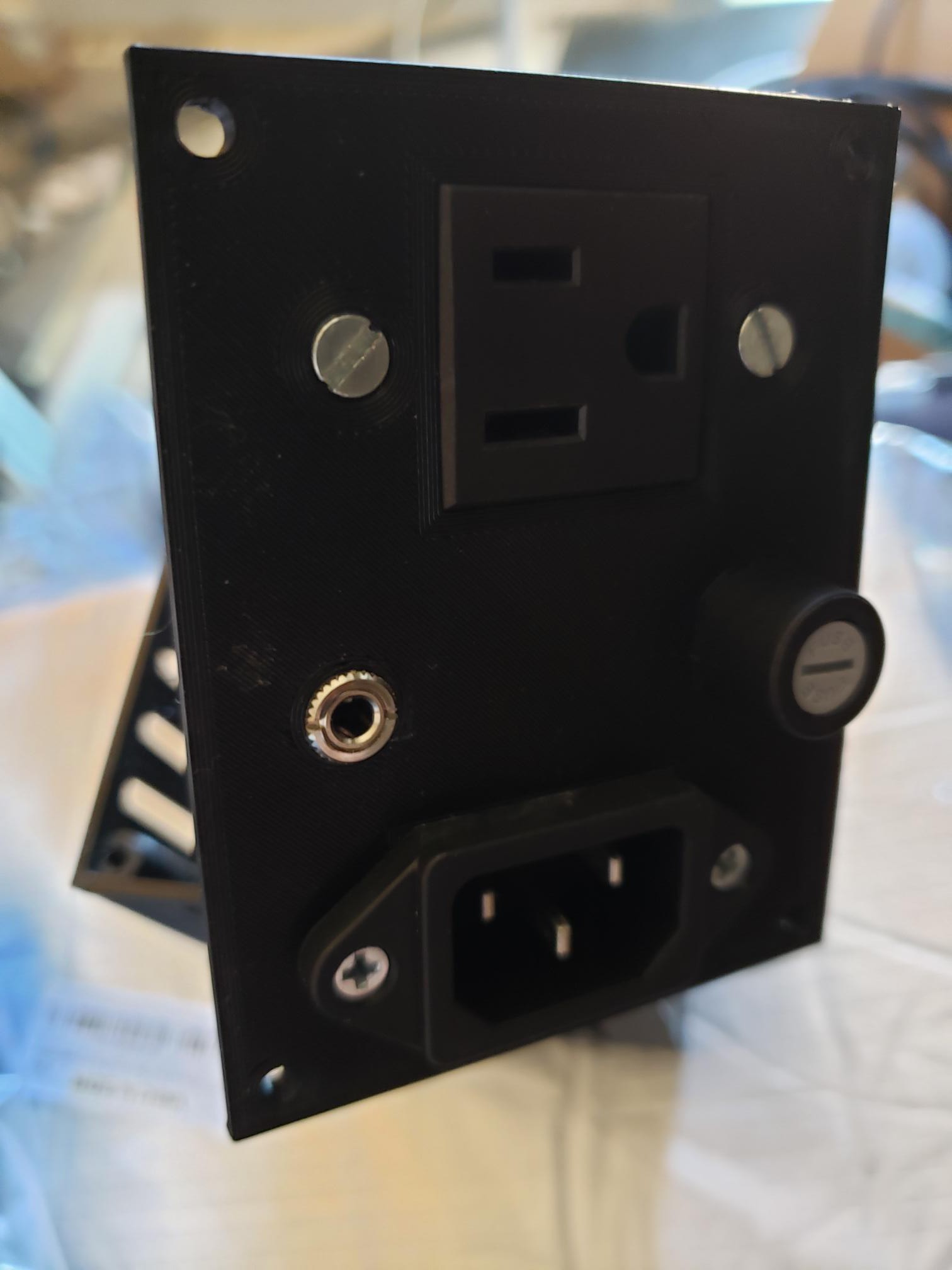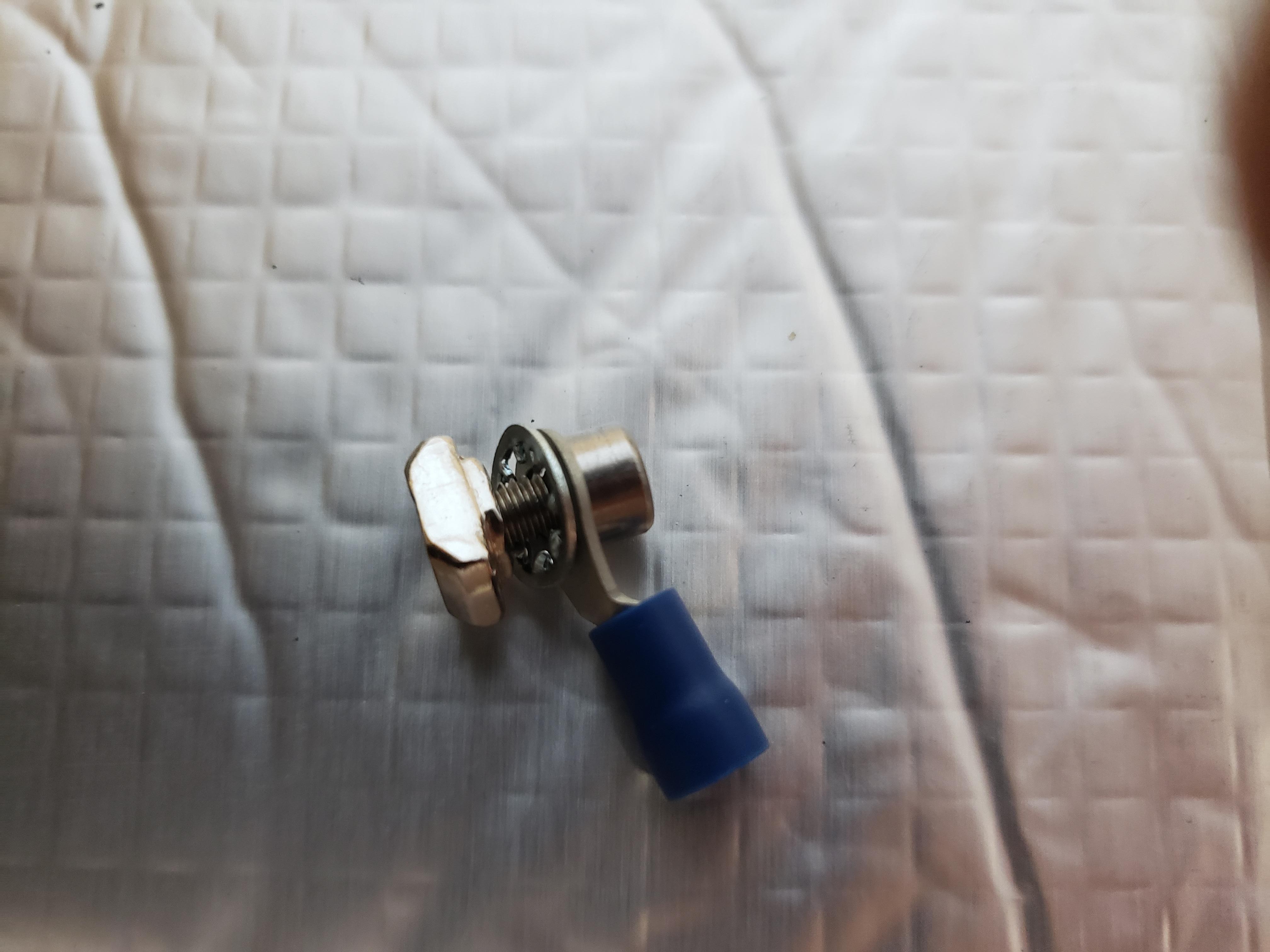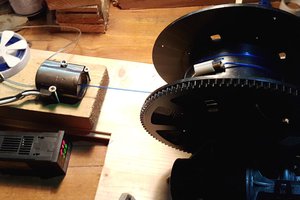Using a stock Ender 5 Plus hotbed. Plus a Keenovo 1000W AC Silicone heater: https://keenovo.store/collections/custom-keenovo-silicone-heaters/products/keenovo-silicone-heater-370mm-x-375mm-for-ender-5-plus-3d-printer-build-plate-heatbed-heating-upgrade Remember the proper voltage for your location. Plus an SSR(generic 40A with Heatsink)
Ender 5 Plus Hotbed Upgrade
Upgrading the Ender 5 Plus to a 1000W AC Silicone Heater










 Christoph
Christoph
 Matt Moses
Matt Moses
 JP Gleyzes
JP Gleyzes
 Steve Hernandez
Steve Hernandez